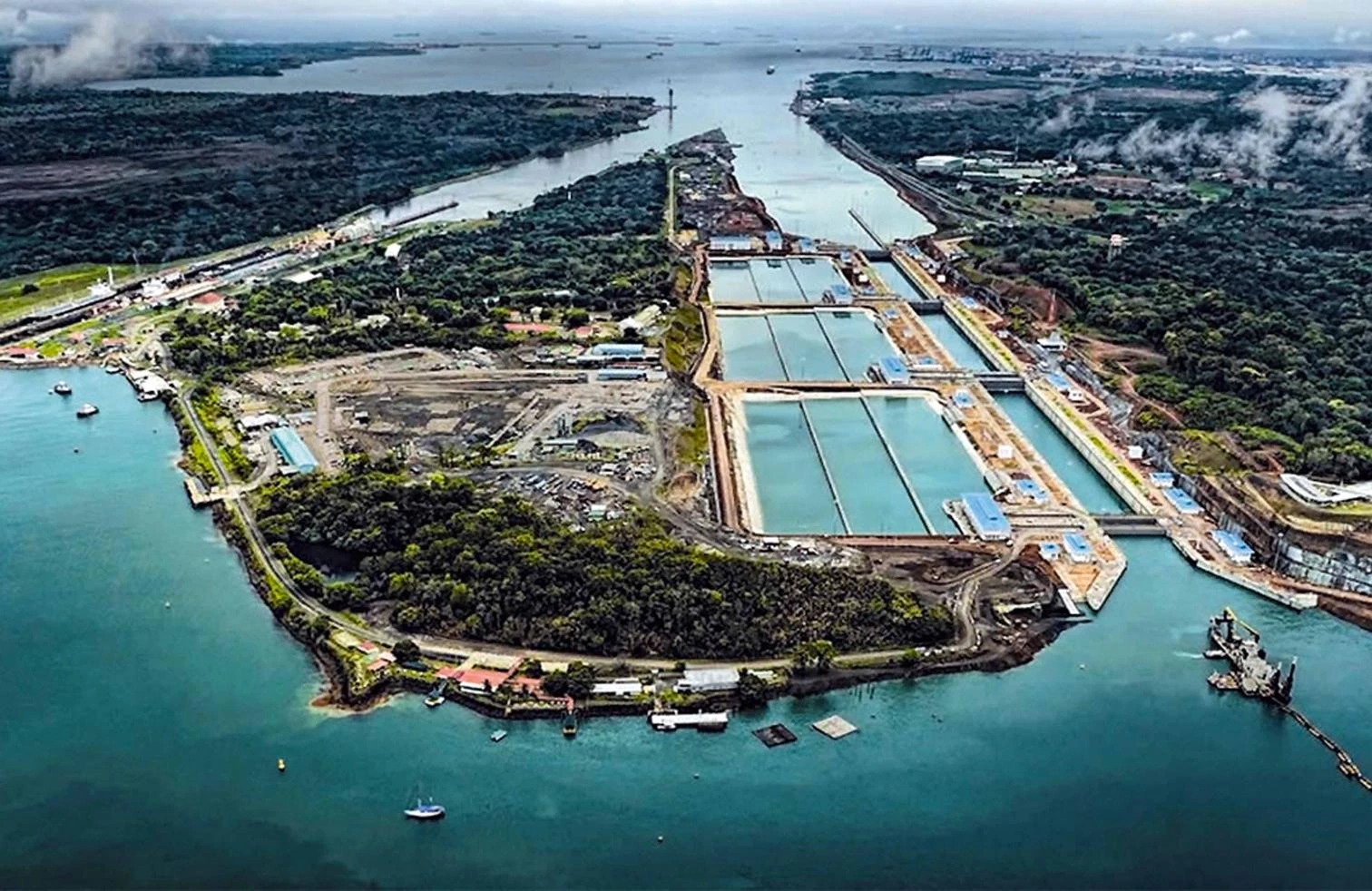
The international accounts of Spain’s construction companies stay on the rise and it is estimated that the foreign projects of the ‘six greats’ – ACS, Acciona, Ferrovial, FCC, Sacyr, and OHL –, valued at 101,748 million euros, already account for as much as 83% of the total national portfolio. It is true that the figures seem to prove the rightness of the sector’s aggressive policy of expansion, and justify some optimism about the country’s capacity to compete globally, but there is a paradox: the leading representatives of the so-called ‘Spain Brand’ abroad come from the financial-real estate-politics framework, which within Spanish borders has all but left the economy in coma.
So, while the domestic market continues to languish (this year’s portfolio, amounting to 17,326 million euros, is 1.5% less than last year’s), the overseas market keeps offering new opportunities, and the migration of construction companies in search of more favorable ecosystems has been swift and extraordinarily fruitful, as illustrated by the list of projects carried out in the last decade, from the enlargement of the Panama Canal – which revealed the strengths and weaknesses of the ‘Spanish way’ – to the railway line between Medina and Mecca, and along the way, projects like the Metro of Riyadh (6 billion), the light Metro of Toronto (4 billion), Line 2 of the Metro of Lima (3.9 billion), or the channeling of the sewers under the Thames River in London (1.05 billion). Spain continues to build, even though only abroad.





